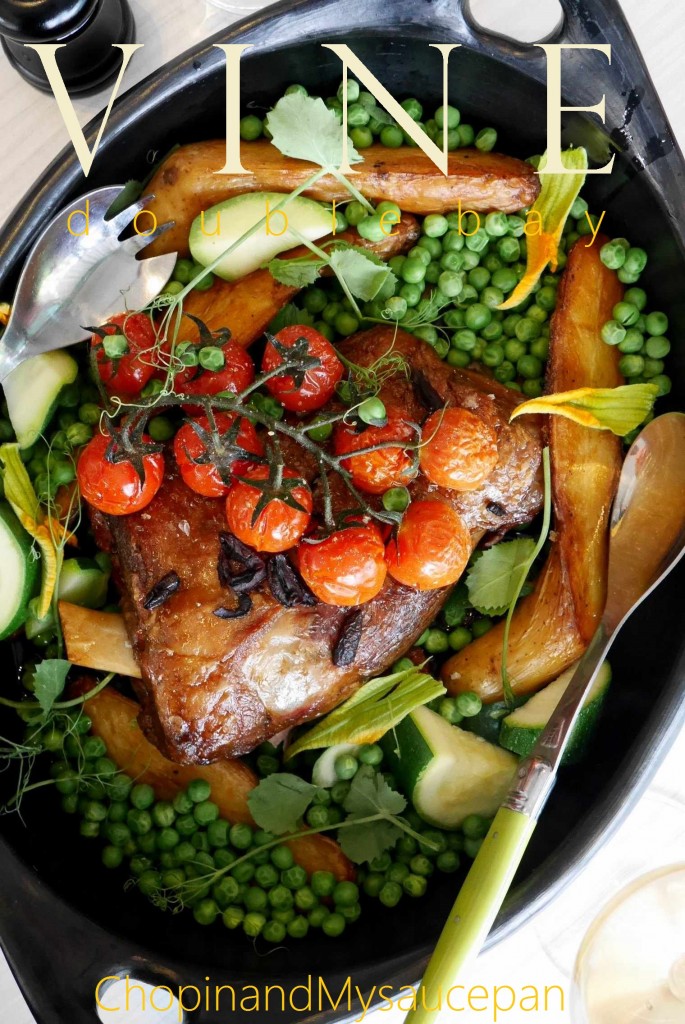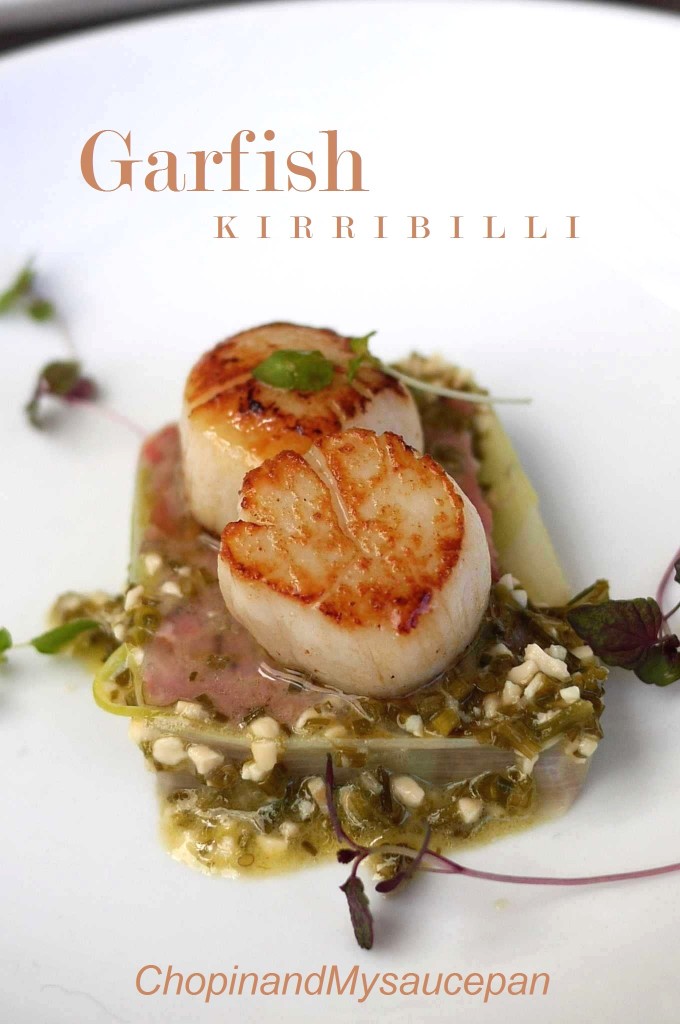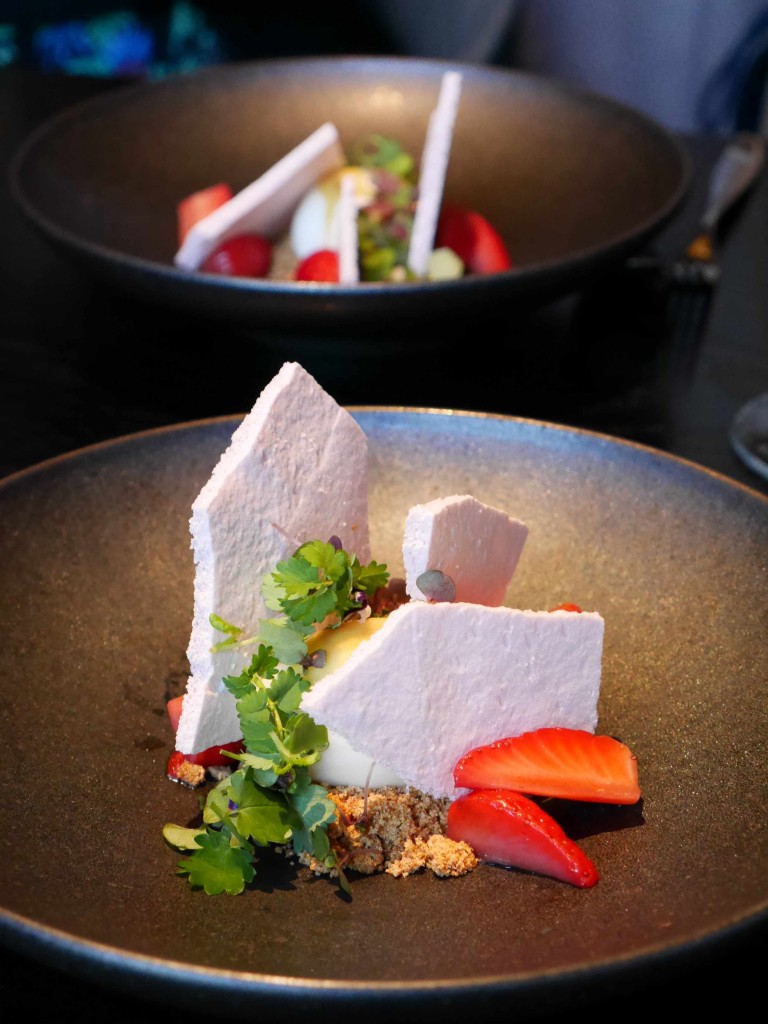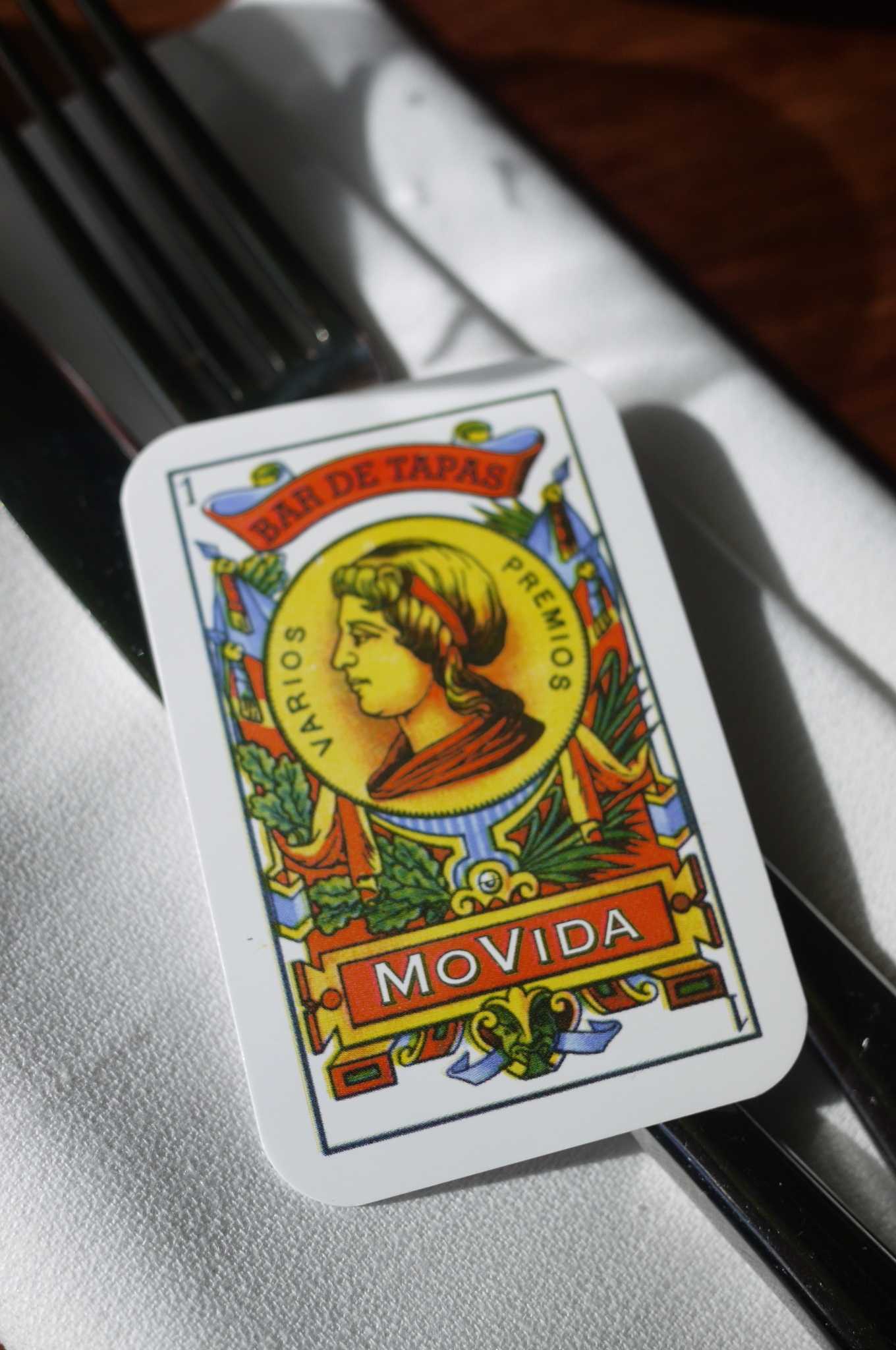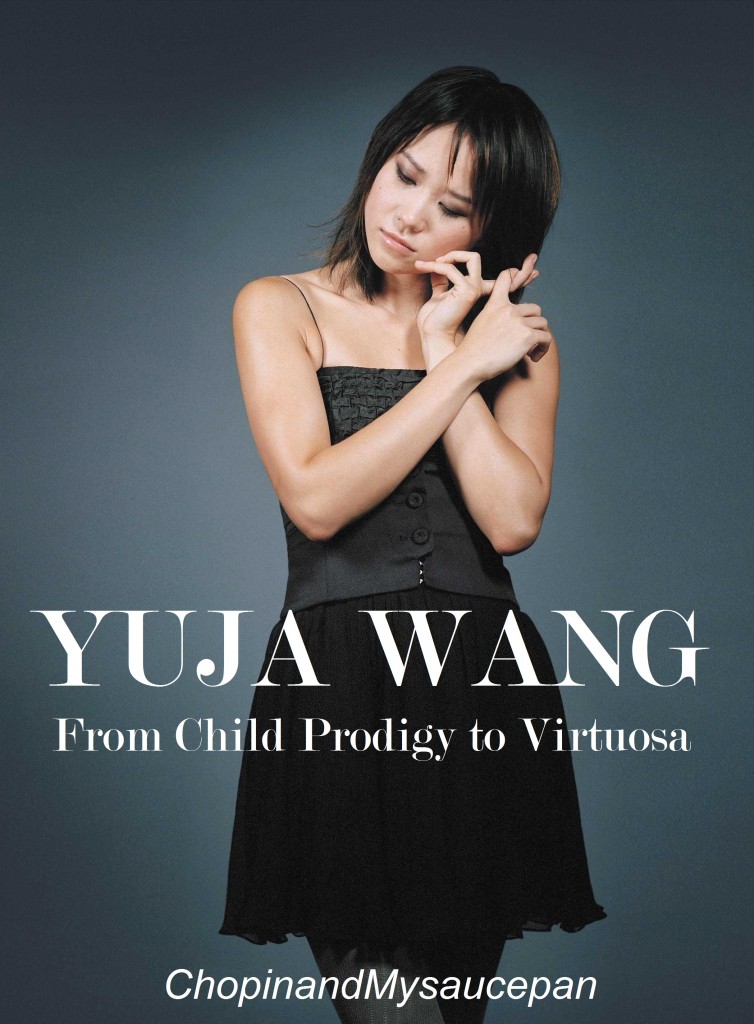“I decided we had to differentiate ourselves from them or we are finished.
They are not clean systems, we run clean systems.
Their rule of law is wonky, we stick to the law.”
~ Founding Prime Minister Lee Kuan Yew on differentiating
Singapore from other countries in South East Asia
~~~~~O~~~~~
In his National Day Rally speech in 2018, Singapore’s Prime Minister Lee Hsien Loong announced the island’s food hawker culture will be nominated by the republic for inscription into UNESCO’s Representative List of the Intangible Cultural Heritage of Humanity.
Singapore has more than 6,000 cooked food hawkers located at more than 100 hawker centres throughout the island. Each of these hawker centres offer a melting pot of mouth-watering cuisine representative of the rich multicultural heritage of its Chinese, Malay and Indian communities.
(Cover image: Chilli crab claw at Jumbo Seafood at Riverside Point, Singapore)
Singapore – A brief modern history
Singapore’s sovereignty and independence as a country was thrust upon her when she was expelled from the Federation of Malaysia on 9 August 1965 after a failed merger lasting less than two years. Severed from its hinterland with no natural resources, the future looked bleak for a polyglot population of two million immigrants from around the South East Asian archipelago.

Lee Kuan Yew with Tunku Abdul Rahman circa 1965 (Photo credit: The Straits Times, Singapore)
From this unpromising beginning, Singapore had to find a way to make a living with whatever means at her disposal and to eventually become self-sufficient. In doing so, this relatively young nation needed to reap every opportunity that came it’s way and not to take anything for granted.
Over the last fifty years since independence, Singapore, with the leadership of its founding Prime Minister Lee Kuan Yew, has leapfrogged its neighbouring countries to become one of the richest countries in the world with a per capita GDP of more than US$50,000 in 2018. In comparison, its former hinterland Malaysia, rich with all kinds of natural resources has a per capital GDP of US$10,000 in the same year.
Singapore’s UNESCO nomination for its hawker culture – What is it about?
Having achieved “first world” status within a generation and armed with a highly educated workforce, there is an increasing number of Singaporeans who view being a food hawker to be a less than worthy a career.
Senior Minister of State Dr Amy Khor said, “Hawkers are an integral part of Singapore’s food and beverage landscape and we must find various means to sustain the trade. I am pleased there are programmes that provide opportunities for aspiring hawkers to learn about the trade, acquire culinary and business management skills, as well as experience being a hawker.”
Having relocated all of its food hawkers off the streets and into well-organised hawker centres, these so-called “community dining rooms” have become a unifying theme for the entire gamut of Singapore’s hawker food culture.
Preserving Singapore’s hawker culture – Incubation Stall Program
The Incubation Stall Programme provides eligible aspiring hawkers the opportunity to take up an incubation stall and have a try at being a hawker.
Thirteen incubation stalls in various hawker centres are currently available under the Programme. Successful applicants will be offered the stalls at 50% of the assessed market rent for a six-month period. The stalls come pre-fitted with basic equipment to lower the upfront capital investment needed for the setting up of a stall.

Incubation Stall holder of Kung Fu Noodles Mr Kwan Yee Liang, 29, at Bukit Merah Central. (Photo Credit: Koh Mui Fong/TODAY)
Over the six months, aspiring hawkers will have the opportunity to learn the ropes of being a hawker and decide whether they are suited for the hawker trade.
There is at least one hawker centre in every residential precinct in the island state for aspiring hawkers to carve out a business of their own.
Singaporeans are proud of their food culture and view these eating places as a way of life because they also form a basis for social bonding between residents of each community.
In the quest to build a first world oasis in a third world region, Singapore gradually banned street food hawkers shortly after independence in 1965. Together with a greening policy, messy roadside food hawker stalls were replaced with millions of trees to beautify streetscapes throughout the island.

A scene at Hock Lam Street in the 1970s. Image Source: National Archives of Singapore
By the late 1970’s, the majority of food hawkers have been re-organised into hawker centres for better presentation and ease of access by local residents and tourists.
More importantly, the government of Singapore foresaw food safety and hygiene to be an important factor in a developed country. Hawker centres thus became a platform to control safety and hygiene standards for thousands of food hawkers scattered all over the country.
In so doing, Singapore differentiated herself from neighbouring countries Thailand, Vietnam, Malaysia and Indonesia where street hawkers are part of many city streetscapes.
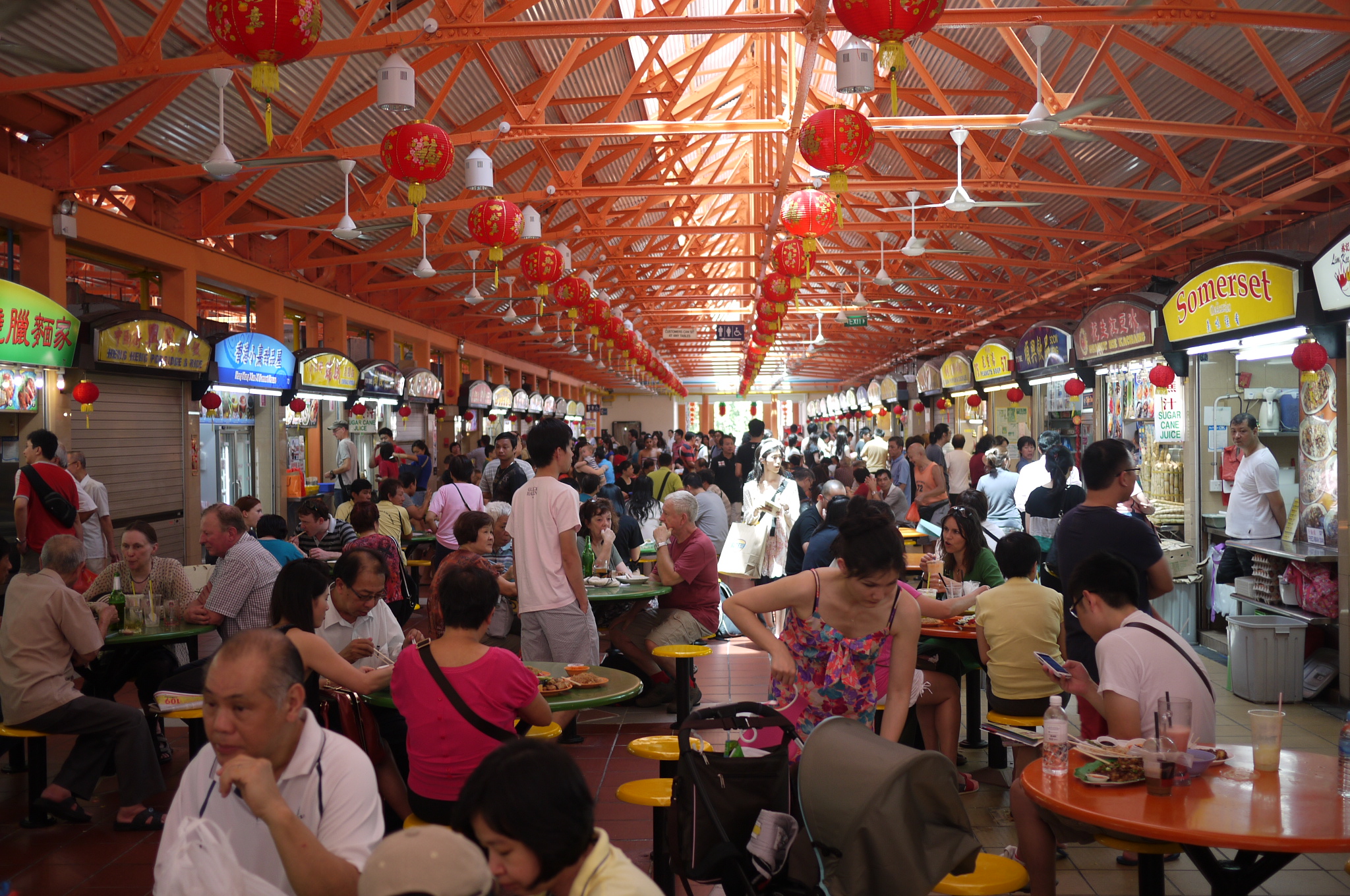
Maxwell Food Centre in Singapore during peak hour lunch. (Photo taken in January 2013)
Some food enthusiasts view the makeshift street hawkers in Thailand, Malaysia and Indonesia to be “more authentic” and true to each country’s cultural heritage compared to the “sanitized environment” of Singapore’s hawker centres.
But the small island republic knew that having untidy street hawkers posed all kinds of health, hygiene and safety challenges that would reinforce its status as a third world country. She foresaw being organised and orderly as an important prerequisite to attract foreign investments and build its economy to eventually join the ranks of the first world.
The UNESCO nomination – What it is NOT about

Tian Tian’s chicken rice at Maxwell Food Centre, Singapore
Perhaps anticipating confusion about Singapore’s decision to nominate its hawker culture for the UNESCO listing, the National Heritage Board’s director for heritage assessment and research Mr Yeo Kirk Siang said that hawker food, trade and culture can be found elsewhere in the world.
Singapore’s nomination as its “intangible cultural heritage” does not ascribe ownership or prove that it is better than other countries’ street food.
The nomination is less about food than about a long tradition of hawker culture where food just happens to be its central theme.
He gave the example of beer culture in Belgium which was inscribed to the list in 2016 for its long history of beer making and wide-spread beer appreciation.
“It’s not about whether beer originated in Belgium or Belgian beer is better than others.
It’s about the meaning it has for the people and the country,” Mr Yeo added.
Similarly, an inscription to the list does not mean exclusivity. For instance, both Turkish coffee culture and Arabic coffee culture were inscribed in 2013 and 2015 respectively.
If a country can describe how it values and practices an intangible cultural heritage, there is no restriction on whether it can be nominated into the UNESCO list, he said.
The reaction to Singapore’s proposed nomination for UNESCO listing
Since the nomination announcement in August 2018, various events were organised to support the bid, one of which is an exhibition at Singapore’s National Museum and a government-organised online petition which has since received more than 850,000 signatories.
While there appears to be overwhelming support in the form of letters, photographs and videos from Singaporeans, the response from neighbouring Malaysia is less flattering. Ever since the separation in 1965, both countries have been locked into trivial rivalries on a multitude of issues from sports, culture, heritage to more serious political disputes over water supply, maritime borders and flight paths.

Malaysian celebrity – Chef Wan (Photo credit: Hari Anggara)
“People who lack confidence in their food will go all out to do these things for recognition,” says Malaysian celebrity chef Datuk Redzuawan Ismail, popularly know around food circles as Chef Wan.
“It’s not necessary to announce to the world that you have this or that. By taking this route, it’s a bit of arrogant behaviour” he added.
Many Malaysian food lovers felt slighted by Singapore’s nomination because they are of the opinion hawker food culture is just as, if not more vibrant and culturally diverse in Malaysia.
Due to its shared history and heritage, there are many similar hawker dishes in Malaysia and Singapore. In general, Malaysians feel their own hawker food is far better and tastier than Singapore.
Food chauvinism or a stroke of genuis?
Having spent my formative years in Kuala Lumpur and being married to a Singaporean, my wife and I have often debated about hawker food in our respective motherland. Over the years, we have gone on countless food safaries in both Malaysia and Singapore and have enjoyed so many iconic dishes.

Common sight: Food rubbish at Imbi market, KL.
As a personal opinion, I generally find hawker food in Malaysia more suited to my tastebuds compared to Singapore.
However, the quality of Malaysia’s hawker food has deteriorated over the last two decades. A food safari can be a hit and miss and local knowledge is key to sniff out good hawker fare in Kuala Lumpur.
The location of hawker food in Malaysia is haphazard and dis-organized where hawkers can operate in mysterious street corners all over the city and at different hours of the day.
From a hygiene point of view, Malaysia can take a leaf out of Singapore’s organisation because a common sight at food hawkers is revolting food rubbish everywhere. Rats can be running rampant at night around street food hawkers.
Sanitation is also lacking and I have personally seen hawkers and food vendors relieving themselves into the nearest drain and then going back to their stalls without even washing their hands because public toilets, if there are any, are at best filthy and at worse, totally unusable.
On the other hand, the taste of Singapore’s hawker food is fairly consistent and its hawker centres offer a more comfortable and hygienic dining experience.
There is nothing to stop Malaysia from nominating its own food hawker culture for a UNESCO listing. But sub-standard food hygiene let alone a motley collection of dis-organised street food hawkers strewn around the country might become stumbling blocks. In Kuala Lumpur and indeed many other shanty towns around Malaysia, open air carparks insidiously morph into untidy street food hawker precincts by night.
Halal laws in Malaysia which extend to private clubs and hotels are disincentives to international chefs looking to showcase their creativity. In Singapore, top restaurants and hotels are talent magnets for internationally-acclaimed chefs from all over the world.
The racial politics practiced in Malaysia with positive affirmation and benefits for its indigenous muslim Malay race is divisive. Nearly fifty years of handouts to the majority Malay race under the New Economic Policy has cultivated an irreversible sense of entitlement and a lack of initiative to strive.

Food rubbish in SS2 Petaling Jaya, Malaysia
With so much unresolved organisational and political baggage, it is difficult to envisage a galvanizing theme for Malaysia’s food culture that resonates as strongly as Singapore’s hawker centres.
The word “lepak” is a Malay term popularized to describe the loafing and unambitious attitude of certain Malaysians, especially among the younger generation. Jobs in the civil service and government-linked organisations are mainly reserved for the Malay majority in Malaysia.
In stark contrast, meritocracy in Singapore means the most important jobs whether in government or the private sector are market-driven and allocated to the best and brightest. Singaporeans have to constantly strive hard to earn a living to the point of sometimes being labeled as “kiasu” – a Hokkien term for a grasping or selfish attitude arising from a fear of missing out.
Hitherto, Malaysia has been lackadaisical in promoting its own food culture, let alone all other areas of its economy. What’s the hurry when Malaysia has so much natural resources to pillage and plunder away as she has so spectacularly done in recent years. On the other hand, small and vulnerable Singapore can ill-afford complacency. Instead, she has been laser-focused in building a global financial centre with one of the best airport, seaport and airline in the world on top of establishing the rule of law and a corrupt-free government that welcomes international business from all over the world.
In recent times, Singapore can boast about having two of its food hawkers achieving Michelin star status.
In addition, Singapore’s fine diner Odette took out first prize winner for the 2019 S.Pellegrino & Acqua Panna Asia’s 50 Best Restaurants.
Since inaguration in 2013, many restaurants from Singapore have consistently made this elite top 50 listing. Overall, seven of Singapore’s fine diners were listed in 2019. In contrast, Malaysia has one new entrant ever making the list this year.
Singapore’s UNESCO nomination is about preserving its hawker culture represented by cuisine from its Chinese, Malay and Indian communities. The small size of this nation makes her vulnerable to changes in the international business environment. So, the government has to be futuristic in its policies and reap every opportunity that comes its way. It is this frugal attitude of taking nothing for granted that has enabled Singapore to transform from a backwater colonial outpost in the 1960s to become the most expensive global city in the world in 2018.
On a local scale, Singaporeans are passionate about food being a galvanizing factor in perpetuating a national identity and strong social cohesion among the three major races in a meritocratic society.
Internationally, this UNESCO nomination is more than just an initiative to preserve an intangible cultural heritage. It is also a strategic marketing initiative to boost tourism dollars and promote a hawker culture not dissimilar to its neighbouring countries but one which differentiates the others in the way hawkers are efficiently organised and presented.
The nomination showcases Singapore’s hawker culture having evolved and progressed from the streets into well-organized hawker centres consistent with a first world nation. It is the only country in South East Asia that cleverly adopted English as the working language and connected itself to bountiful business opportunities worldwide.
Globally, Singapore’s nomination is nothing short of visionary leadership and foresight in her on-going quest to stay relevant in a very competitive world.
And may she continue to succeed in so doing.
~~~~~O~~~~~










